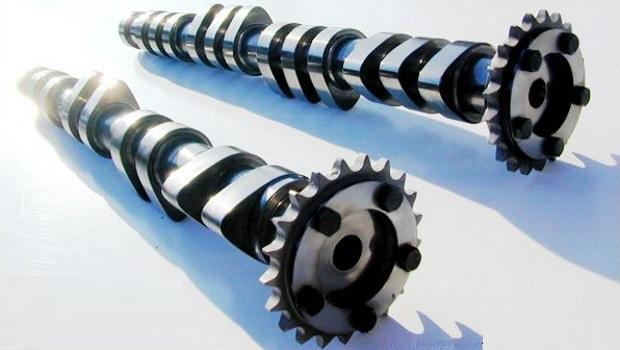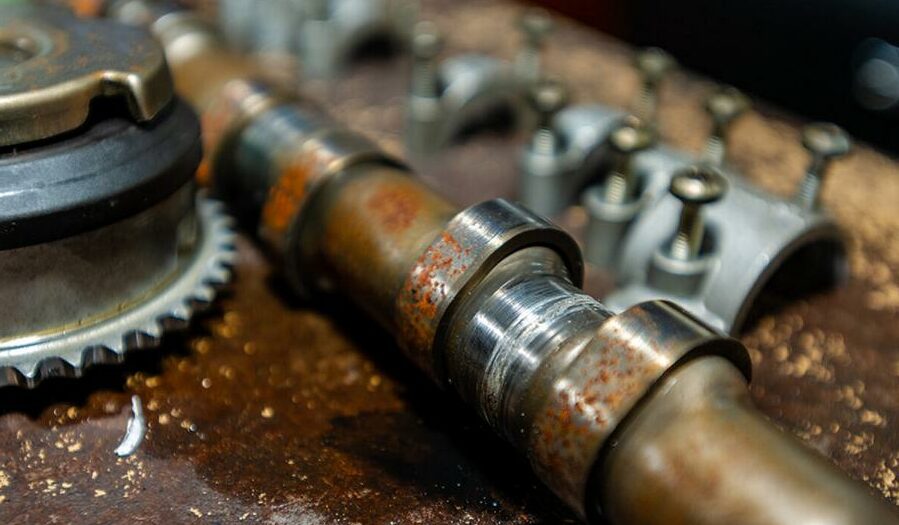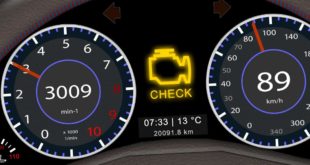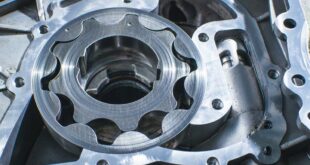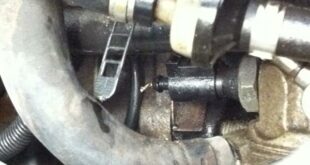Is the camshaft defective or worn in? We know the common symptoms, we have information about the change and also about the costs involved. Yes, first some general information. The camshaft is a central element for engine management. It ensures that the valves are opened and closed at the right moment. She actually is no wearing part and should have a long service life. In some cases, however, it can happen that shrinking the camshaft comes. In this case a exchange necessary because the valves no longer open and close properly. The symptoms of a defective camshaft are comparative unspecific. Problems starting up of the engine or a uneven running behavior count as well as power loss or a increased fuel consumption. For a more precise diagnosis, a visit to the workshop is usually unavoidable. As a first step, find one here Visual inspection instead of. In most cases, however, this is not sufficient and the camshaft must be precisely measured and compared with the manufacturer's specifications. The primary causes of wear on the camshaft are: inferior motor oil or wrong assembly in question. The reason for the latter may be previous improper repairs.
process of repair
A repair of a defective camshaft is mostly not possible. In this respect, the part must be replaced in any case. As a rule, used parts are also not recommended for this purpose, since it is often difficult to assess the age and the state of wear and the guarantee for such a part is also void. A new part is therefore recommended for the exchange. How complex the replacement is depends on the vehicle model.
In any case, the first thing to do is Engine cover be removed. It follows the Valve cover opening. The camshaft(s) are connected to the crankshaft via a timing chain or toothed belt. For this reason, depending on the design, the Timing chain or timing belt also be dismantled. Subsequently, both the worn out Camshaft as well as the bearings dismantled and the spare parts installed. Part of the repair should always include a oil change be and a new one oil filter must also be used. As a result, wear and tear can be kept within limits. To carry out a replacement of the camshaft is not only extensive expertise, but also partly special tools necessary. The DIY variant is therefore reaching its limits here. For this reason, you should urgently visit a specialist workshop to carry out the change.
cost of switching
The price for replacing a camshaft can vary and depends on the cost of the spare parts and the design of the engine, as the effort involved can vary greatly. A new camshaft costs between 300 and 2.000 Euro. The Company Schrick is a well-known manufacturer here. Otherwise, of course, the original parts can also be considered. An engine can have one, two or four camshaft(s). If there are several camshafts, it should be checked whether all of them really need to be replaced. So it may be that one or more camshafts are still in good condition and do not need to be replaced, which reduces costs.
The price for a new camshaft must be added to the cost of the new camshaft Engine oil and a new oil filter are added. Depending on the amount of oil required, this incurs costs of between 30 and 200 euros. Replacing one or more camshafts is complex and takes between three and eight hours. Crucial to the duration is how many additional parts have to be dismantled to reach the camshaft. At an hourly rate of 100 euros, labor costs between 300 and 800 euros must be expected. Roughly estimated, the total costs are in the range of 650 to 3.000 euros. A good tip at the end: If the vehicle has only had a low mileage so far, a goodwill application may have a chance of success.
The following note is essential: For safety reasons, tuningblog recommends all repair, inspection and maintenance work exclusively to be carried out in a specialist workshop! Although our information is summarized to the best of our knowledge and belief, we cannot assume any liability for the content. All information is therefore "without guarantee".
Of course, that wasn't the end of it!
In this tuningblog category there are guides and instructions for common defects/repairs on the vehicle and for installing accessories/tuning parts. Our articles explain in a simple way common defects and the corresponding repairs, as well as explaining how the first signs of a defect become noticeable. In most cases, we also have initial clues to the repair instructions in our repair instructions approximate The costs of the pending repair are listed. The goal of our subcategory “Auto Repair Guide“ is to create a head start in knowledge for the next visit to the workshop with initial tips. This may save you from tedious troubleshooting and small things can perhaps be done directly on your own. The same applies, of course, to the installation of accessories/tuning parts. Here, too, we would like to help with the implementation with instructions and tips. There are many other posts on this as well. Below is an excerpt of the last and HERE there are all previous instructions:
|
Identify defects in the oil pressure switch / oil pressure sensor! |
"tuningblog.eu" - we keep you up to date on the subject of autotuning and car styling with our tuning magazine and present you with the latest tuned vehicles from all over the world every day. It's best to subscribe to ours Feed and will automatically be informed as soon as there is something new about this post, and of course also to all other contributions.
 tuningblog.eu Your magazine about tuning the car
tuningblog.eu Your magazine about tuning the car
